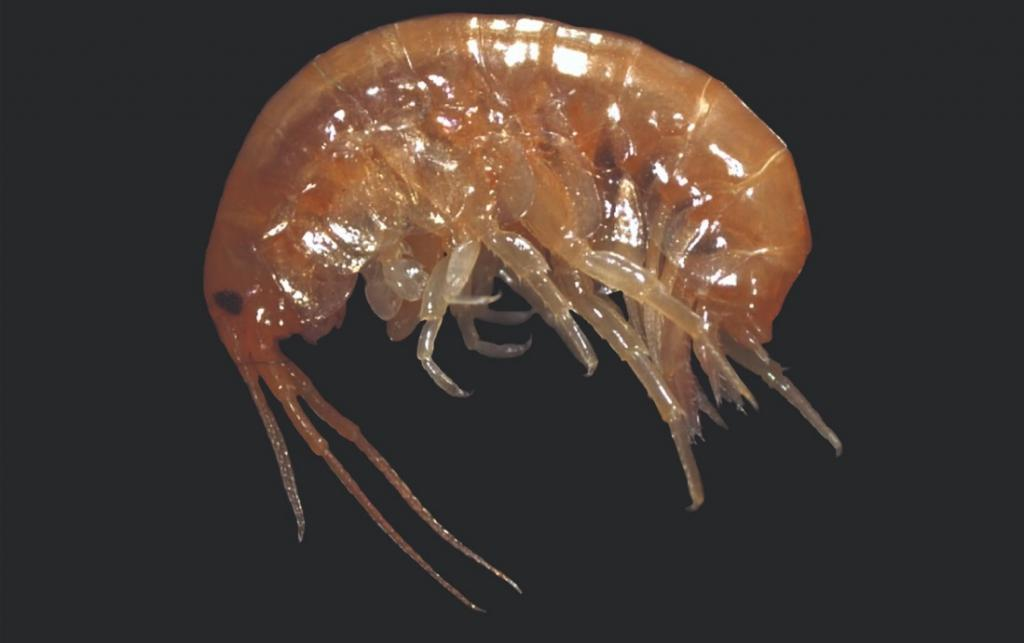Free Courses Sale ends Soon, Get It Now


Free Courses Sale ends Soon, Get It Now



Copyright infringement not intended
Picture Courtesy: https://www.downtoearth.org.in/news/wildlife-biodiversity/researchers-find-new-crustacean-in-odisha-s-chilika-lake-94496
Context: Researchers in Odisha identified a new species of marine amphipod, named Parhyale odian, found in Chilika Lake, marking the 16th species in the Parhyale genus and providing valuable insights into regional biodiversity and the broader marine ecosystem.
Details
About Parhyale odian
Amphipods and their Importance
|
PRACTICE QUESTION Q. What is the significance of the term "Parhyale odian" in recent news? A) A newly discovered star B) A new species of marine amphipod C) A historic monument D) A popular cultural festival Answer: B Explanation: The correct answer is (B). "Parhyale odian" refers to a newly discovered species of marine amphipod in Chilika Lake. |
© 2024 iasgyan. All right reserved